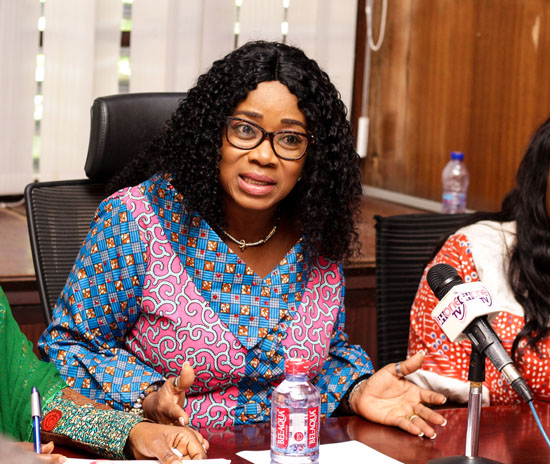
Collaborate to protect children better
In 2002, the International Labour Organisation (ILO) launched the World Day Against Child Labour, with the view to focusing attention on the global extent of child labour and the action and efforts needed to eliminate it.
Observed on June 12, every year since then, the day has been held worldwide as a movement against child labour in any of its forms.
Advertisement
The day brings together governments, employers and workers’ organisations, civil society, schools, youth and women’s groups, the media, as well as millions of people from around the world, to highlight the plight of child labourers and what could be done to help or save them.
In view of the COVID-19 pandemic and the resultant economic and labour market shock and the huge impact on people’s lives and livelihoods, the World Day Against Child Labour 2020 will focus on the impact of the crisis on child labour.
Unfortunately, children are often the first to suffer during any crisis, and such crises can push millions of vulnerable children into child labour.
The Daily Graphic has learnt that already there are an estimated 152 million children in child labour, 72 million of whom are in hazardous work, and these children are now at even greater risk of facing circumstances that are even more difficult and working longer hours.
We are, therefore, of the view that the theme for this year’s commemoration: “COVID-19: Protect children from child labour, now more than ever”, is very apt, appropriate and relevant.
As a result of the COVID-19 pandemic, this year the day will be commemorated as a virtual campaign, organised jointly with the Global March Against Child Labour and the International Partnership for Cooperation on Child Labour in Agriculture (IPCCLA).
Various countries, the world over, will be holding different programmes, which may involve children themselves, to mark the day, which could even be carried out through the week to make it achieve the desired impact.
The ILO defines child labour as work that deprives children of their childhood, their potential and their dignity, and that is harmful to their physical and mental development.
According to the organisation, child labour also refers to work that is mentally, physically, socially or morally dangerous and harmful to children and/or interferes with their schooling.
Such a situation deprives them of the opportunity to attend school, obliging them to leave school prematurely or requiring them to attempt to combine school attendance with excessively long and heavy work.
We also learn that “hundreds of millions of girls and boys throughout the world are engaged in work that deprives them of adequate education, health, leisure and basic freedoms, violating their rights”.
The Daily Graphic strongly supports the decision taken that has made it a priority to eliminate, without delay, the worst forms of child labour, as defined by Article Three of the ILO Convention, No.182.
The ILO Convention covers all forms of slavery or practices similar to slavery, such as the sale and trafficking of children, debt bondage and serfdom and forced or compulsory labour, including forced or compulsory recruitment of children for use in armed conflict, the use, procuring or offering of a child for prostitution, for the production of pornography or for pornographic performances.
We are very much aware of some of the tasks children perform by way of helping their parents at home or in their family businesses, just to earn some pocket money or some allowance outside school hours and during school holidays.
These tasks contribute to the personal growth and development of the child.
These kinds of activities contribute to children’s development and to the welfare of their families; they provide them with skills and experience, and help prepare them to be productive members of society during their adult life. They don’t constitute child labour.
However, those jobs, which by their very nature or the circumstances in which they are carried out are likely to harm the health, safety or morals of children, are considered hazardous and lead to child labour and must be stopped.
The Daily Graphic, therefore, agrees that tasks which are done underground, under water, at dangerous heights or in confined spaces, procuring or offering of a child for illicit activities, in particular for the production and trafficking of drugs, as defined in the relevant international treaties, be eliminated as a matter of priority.
We call on all governments and relevant regional and international bodies to collaborate on the conventions, laws, regulations and policies that seek to end child labour and protect the child better.